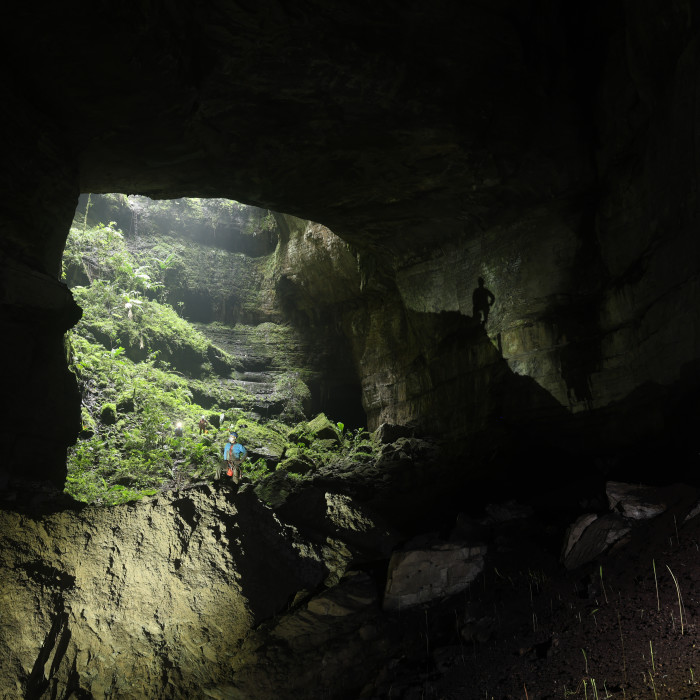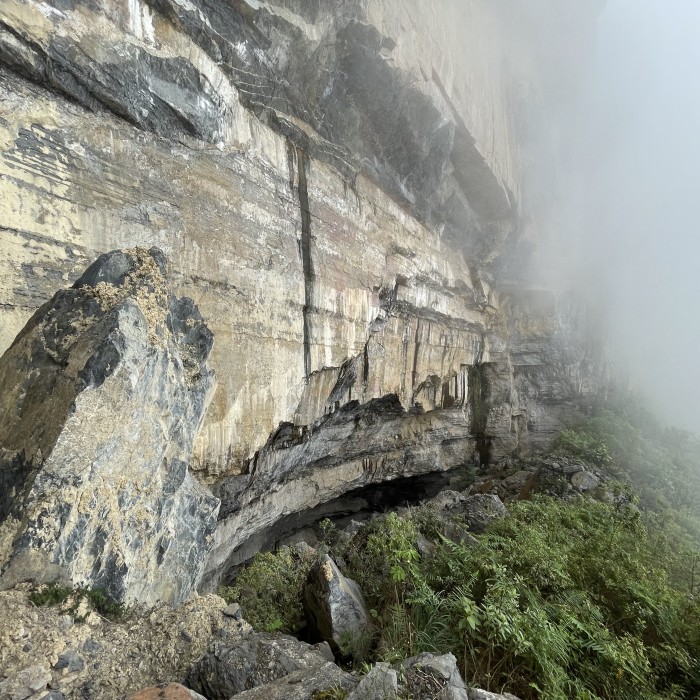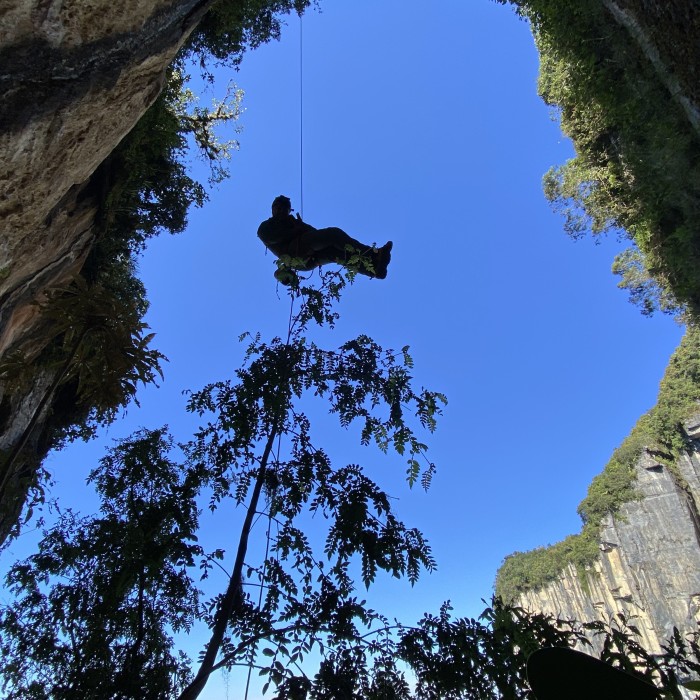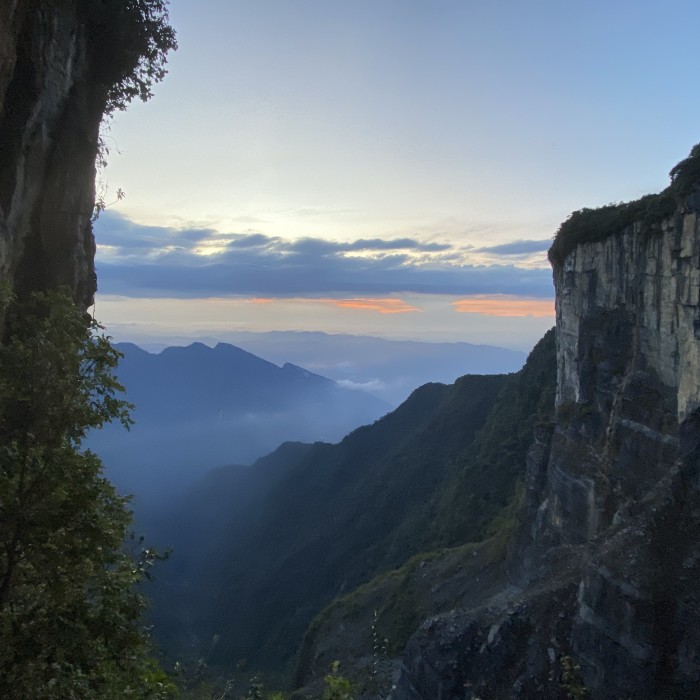
The latest adventure of La Venta cavers, discovering the mysteries of the El Penòn plateau in Colombia
_65c4dd2260004.jpg)
Are there still unexplored places on planet Earth's surface?
The first answer of course is no! The expansion of human populations and the all-seeing eye of satellites have now allowed us to know and map virtually every square meter of the Planet.
Below the surface, however, there is a world that is still almost undiscovered, where it is no exaggeration to say there are entire continents waiting to be discovered.
It is the underground universe of cavities and natural cave systems, the last frontier of human exploration, along with the ocean floor and extraterrestrial space.
This is the dimension in which the speleological association La Venta Esplorazioni Geografiche operates, with which Ferrino collaborates by providing their technical outdoor equipment.
Founded in the early 1990s by a group of enthusiasts following the first full descent of the 80-kilometer-long Rio La Venta canyon in Chiapas, Mexico, the association has grown over more than 30 years, now numbering about fifty Italian members and collaborating with agencies, institutions, embassies and universities around the world to carry out exploratory caving projects: from the tropical caves in the limestones of Mexico and the Philippines, to the quartzites of the Venezuelan Tepui, Guyana and Brazil, from the volcanic cavities of Iceland to the crystal labyrinths of Patagonian and Alpine glaciers, made of swallow holes (mills), channels and large contact caves in constant transformation.
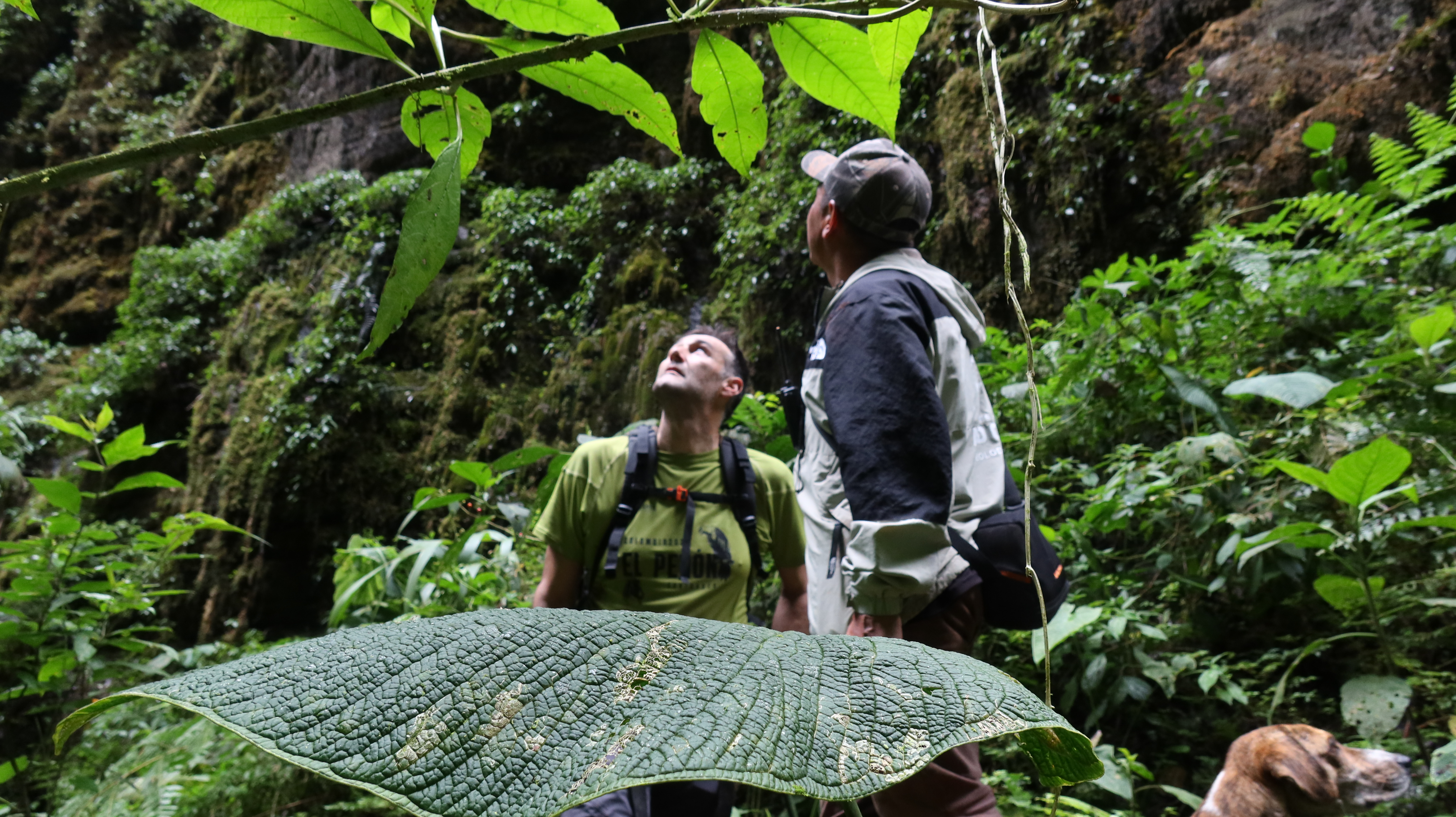
"Wanting to explain with a somewhat poetic expression what exploratory caving is," comments Luca Gandolfo, spokesman for La Venta, "I would say it is about giving shape to the dark. When we illuminate a new cave with our headlamps and document it with surveys, photos and videos, we are like explorers discovering an unknown continent, a reality full of surprises and things yet to be known. This is not "just" geographic exploration, but an experience that involves experts at the highest levels in the most diverse fields: from geology to biology, from archaeology to glaciology."
"Our projects," Gandolfo points out, "aim not only at the discovery of new caves, but also at the conservation and prevention of the planet's karst heritage. A key element of the success of exploration campaigns in regions such as South America is the collaboration with local populations, avoiding approaching them as 'conquistadores' of knowledge, but instead trying to bring with our intervention useful elements to them to better understand the territory in which they live, stimulate the formation of environmental awareness and new opportunities in the perspective of sustainable development."
In all these respects, La Venta's recent expedition to the karst plateau of El Penòn, an oasis teeming with greenery located at an altitude of 2,500 meters in the department of Santander in Colombia, was an extraordinary success.
In fact, in the subsoil of this plateau an immense underground universe is hidden, waiting to be explored and whose environmental and bio-speleological heritage is being unveiled to the scientific world thanks to the work of the Colombian Speleological Federation "EspeleoCol" and the Humboldt Institute in Bogota. In this context, from November 24 to December 9, 2023, the La Venta expedition called "El Penòn 2023" took place in collaboration with the Colombian Speleological Federation "EspeleoCol," in which seven cavers from Italy, one from Switzerland and three from Colombia participated.
.jpg)
The expedition was the first to reach the top of the vertiginous walls overlooking Vaje de Panama and, thanks to drones, a giant portal within a completely hidden rock amphitheater, located about 150 m lower down, was spotted. The portal was reached after three days of work on the wall to find the right rappel route and still remains partly to be explored. Another cavity explored was the Hoyo de las Palmas, an important system of fossil galleries, reached through a large collapse breakthrough in the middle of the jungle, a cavity already known at least for its initial hall, but in which La Venta's expedition mapped hundreds of meters of new galleries.
Gandolfo continues, "The cherry on the top would have been the mapping of the connection between the Hoyo de las Palmas tunnel system and the portal in the Vaje de Panama walls. During the exploration, however, we encountered a large underground landslide, from which there was a very strong wind that repelled all our hopes of being able to get through. Other shafts in the middle of the jungle were located thanks to drones to then be explored, mapped and documented, again with the hope of intercepting the system of large tunnels below."
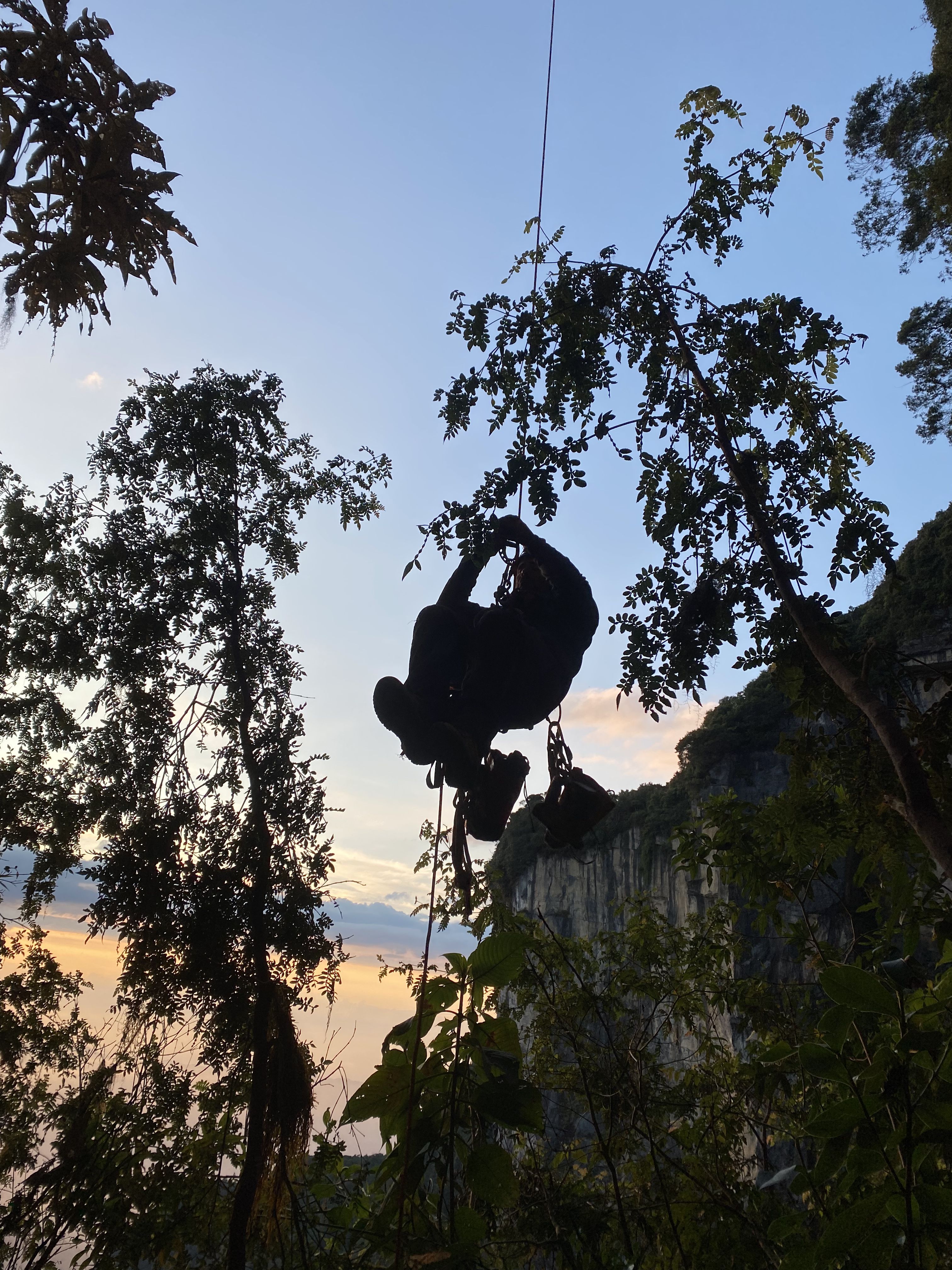
An unexpected discovery came in the last days of the expedition, when the team was joined by Carlos A. Lasso of the Humboldt Institute, one of the world's leading experts on biology related to underground river ecosystems, who confirmed the presence of Trichomicterus Rosablanca, a very rare endemic species of cave-dwelling fish, blind and perfectly adapted to life in underground environments.
"The one on the El Penòn plateau," Gandolfo concludes, "was an intense and extraordinary experience from both a physical and human point of view. Every day the mud and fatigue accompanied us together with the desire to reach new corners of darkness never before illuminated by man, the smiles of the cheering children in the streets of the village as they chased the drone, and the enthusiasm of the young people of the EspeleoCol association to whom we dedicated a training day on vertical cave progression techniques. For the future, the prospects are very good, there is a sense that we have laid the foundations on which to build a geographical exploration project as we at La Venta understand it: a 360° project, ranging from geological, anthropological and biological aspects to the protection and preservation of the karst richness of this territory, which is still very much underestimated and ignored even by the local communities themselves, who would benefit greatly from protecting and enhancing these natural resources... With this first mission and with those that we hope to be able to organize in the coming years, we will try to make our contribution to develop a new awareness of the territory, first and foremost helping people understand the importance of the underground world as the guardian and reserve of water, the most important resource we have and upon which our very survival depends."
.jpg)
Share this article
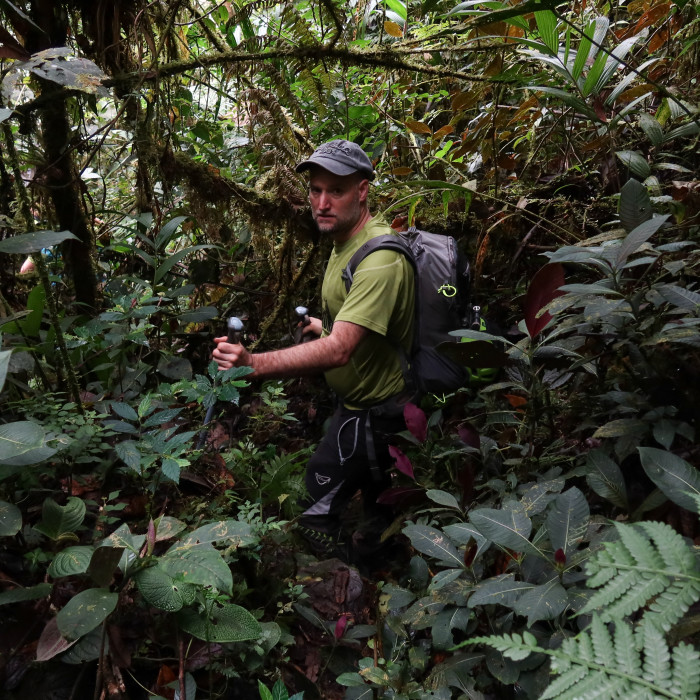
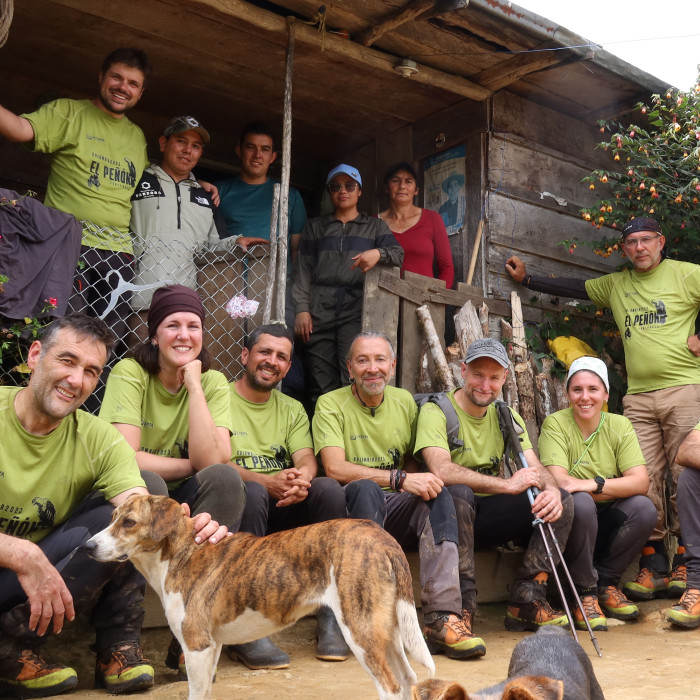
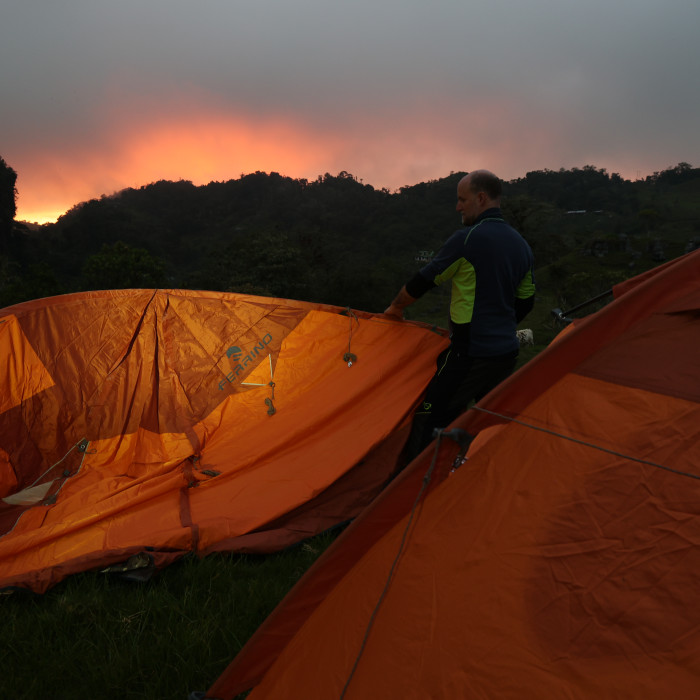
_65c4dec0862dc.jpg)
